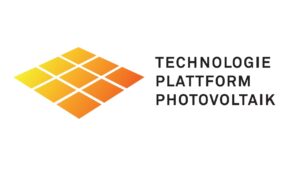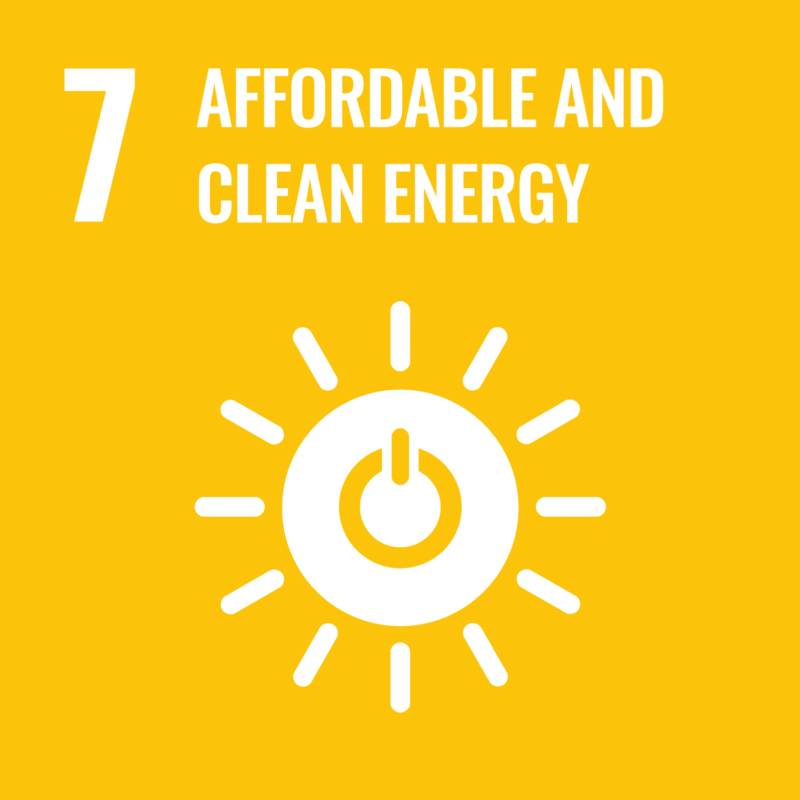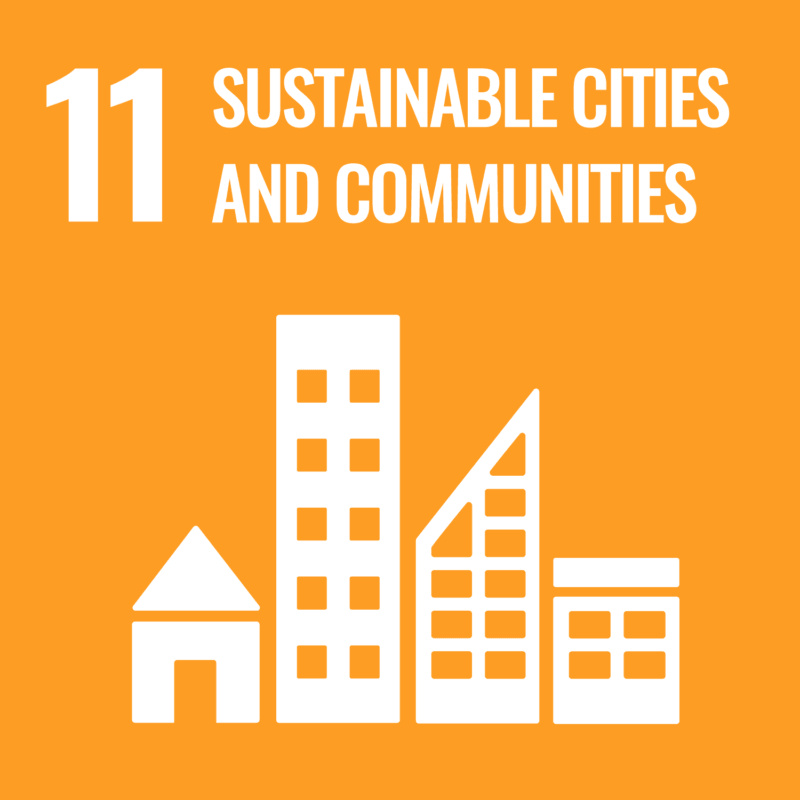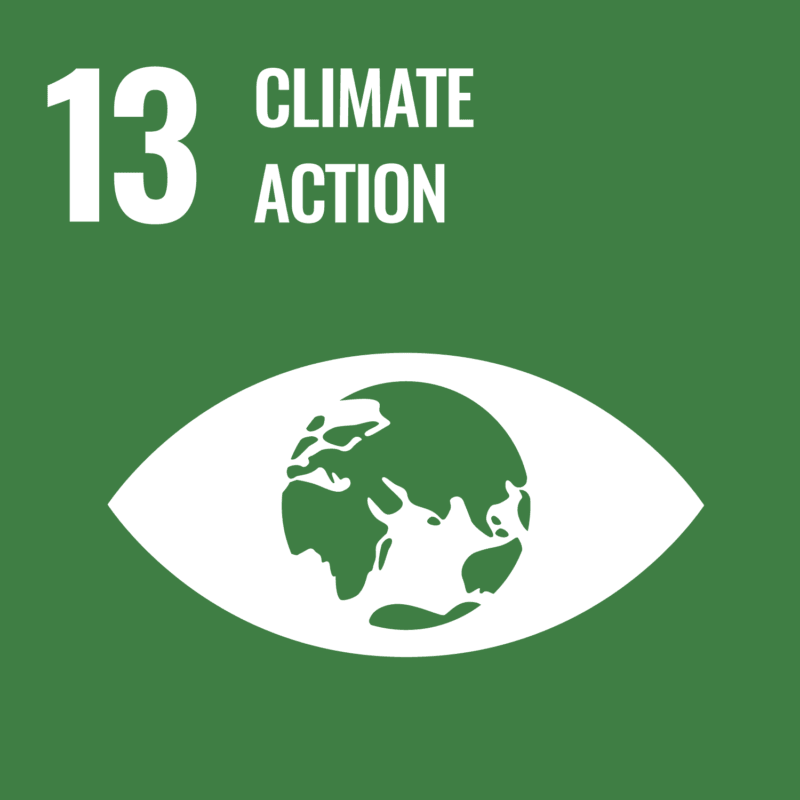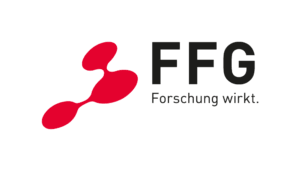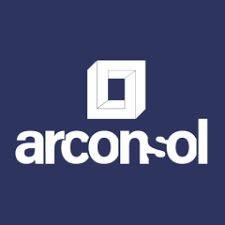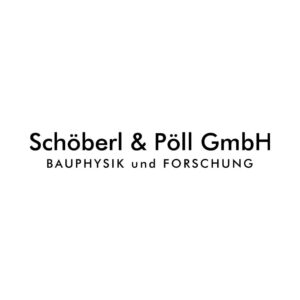The energy transition is one of the greatest challenges and at the same time one of the most exciting tasks of our time. Renewable energy sources play a key role in achieving climate goals and ensuring a sustainable energy supply. Building-integrated photovoltaics (BIPV), and in particular facade-integrated systems, is a particularly promising but still underdeveloped field.
Potential and benefits of facade-integrated photovoltaics
Facade-integrated PV systems could make a crucial contribution to urban power supply, especially in densely populated areas with many multi-story buildings or industrial buildings. Compared to conventional rooftop systems, these systems offer some remarkable advantages:
- Temporal relief of electricity peaks: While rooftop systems reach their peak production at midday, facade-integrated systems are more flexible. Depending on the orientation of the facade, their maximum output is generated in the morning or afternoon, which helps to reduce grid peaks and ensure more even electricity production throughout the day.
- Better production in the winter months: facade systems deliver a larger proportion of their annual output in the winter months. This is particularly relevant in connection with the use of heat pumps, which have the highest energy demand during the cold season.
- Attractiveness for high-rise buildings: As the height of the building increases, shading from neighboring buildings decreases. This makes PV facades particularly efficient for high-rise buildings.
Despite these advantages, facade-integrated PV systems have barely progressed beyond the status of pilot projects. A major barrier to the spread of facade-integrated photovoltaics is the current fire protection requirements. A non-combustible facade is required for taller buildings in particular. PV facade systems deviate from this requirement and must prove in complex test procedures that they do not pose an increased fire risk. Such testing procedures are often lengthy and cost-intensive and often result in the originally planned PV area having to be significantly reduced. The “BIPV Booster” project aims to address this issue.
Project goals
The goal is to develop a catalog of “proof-free constructions” that meet the fire protection requirements for high-rise buildings without additional testing procedures. These designs will undergo extensive testing to verify their safety, including fire tests as well as electrical and material-specific evaluations of the modules.
OFI plays a central role in this project, as it takes on important tasks in the area of material analysis before and after the fire tests. Additionally, it collaborates on the development of improved module designs (materials used and construction) and mounting options (glass, frame structures).
Funding: Technologien und Innovationen für die Klimaneutrale Stadt 2023
Project Lead:
Technologie Plattform Photovoltaik TPPV
Scientific partners / testing institutes:
OFI Österreichisches Forschungsinstitut für Chemie und Technik
IBS – Inst. f. Brandschutztechnik und Sicherheitsforschung Ges. m.b.H.
MA 39 – Prüf-, Inspektions- und Zertifizierungsstelle der Stadt Wien
